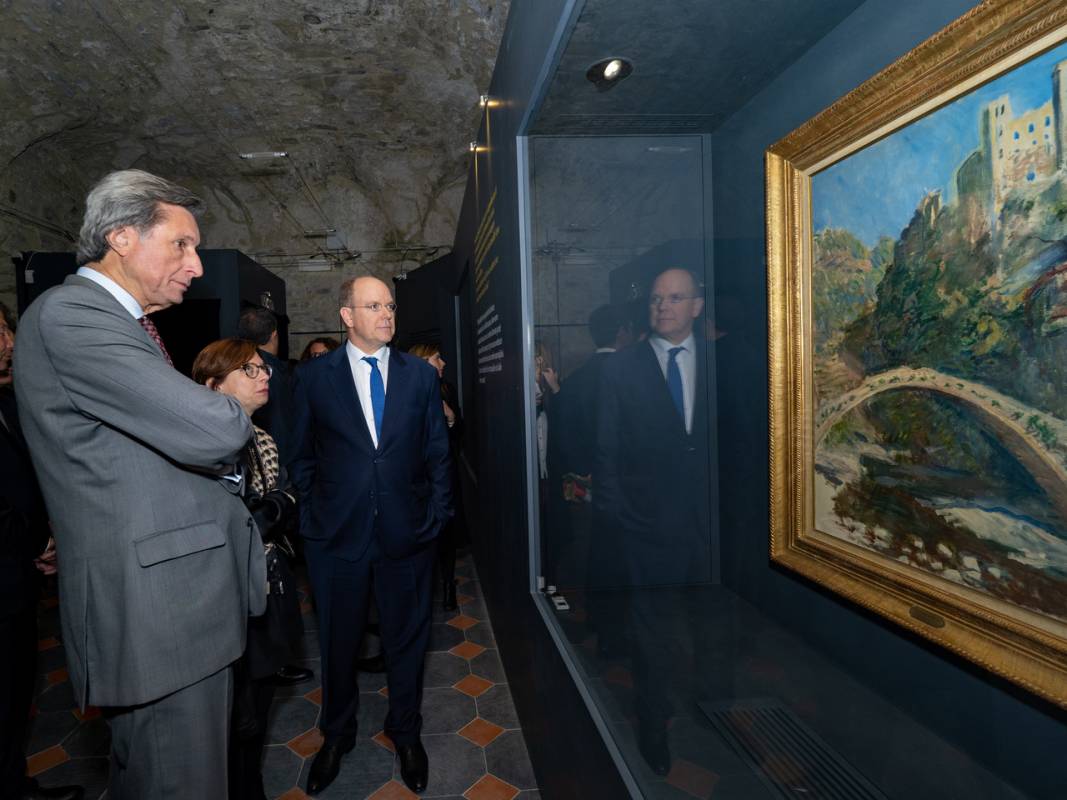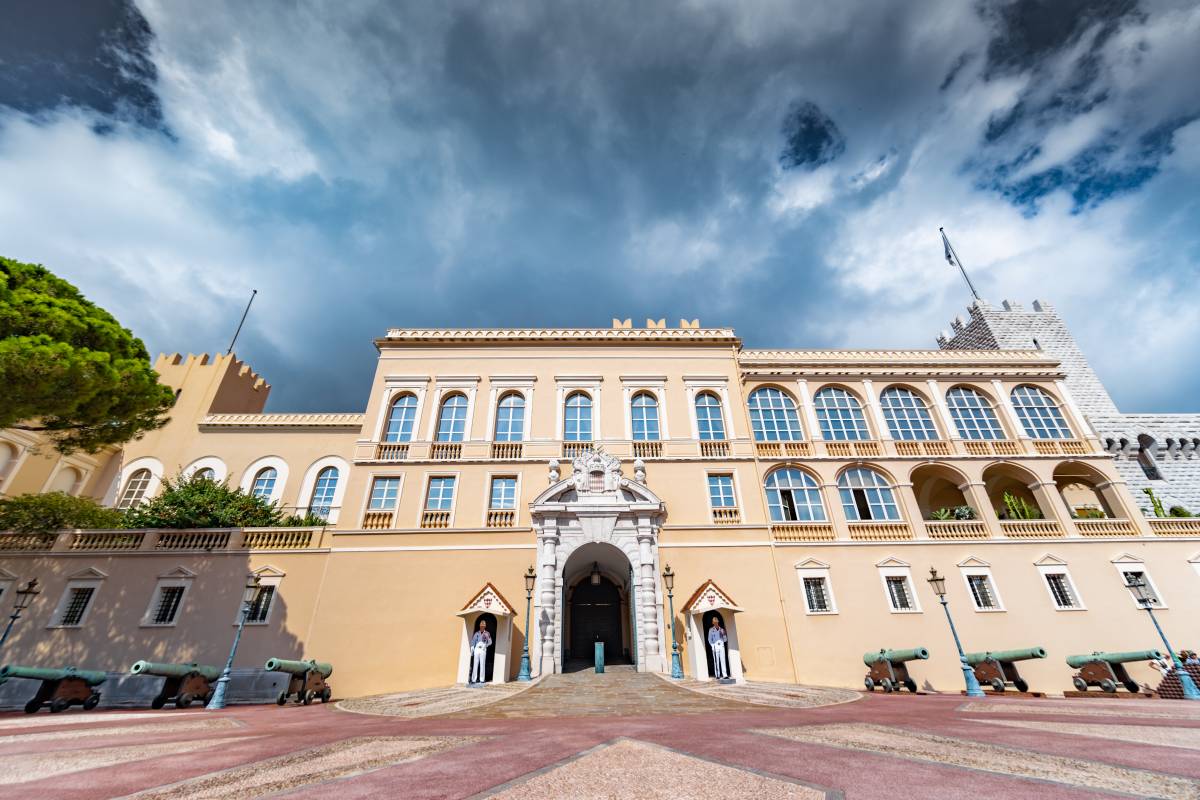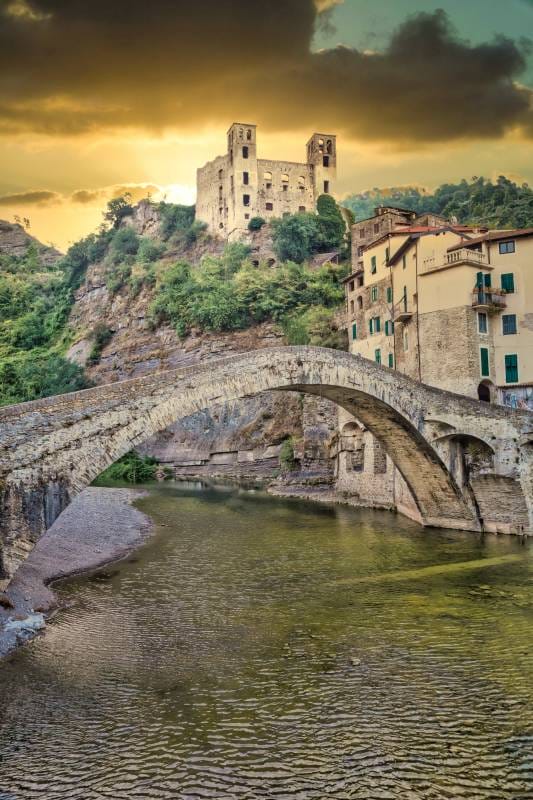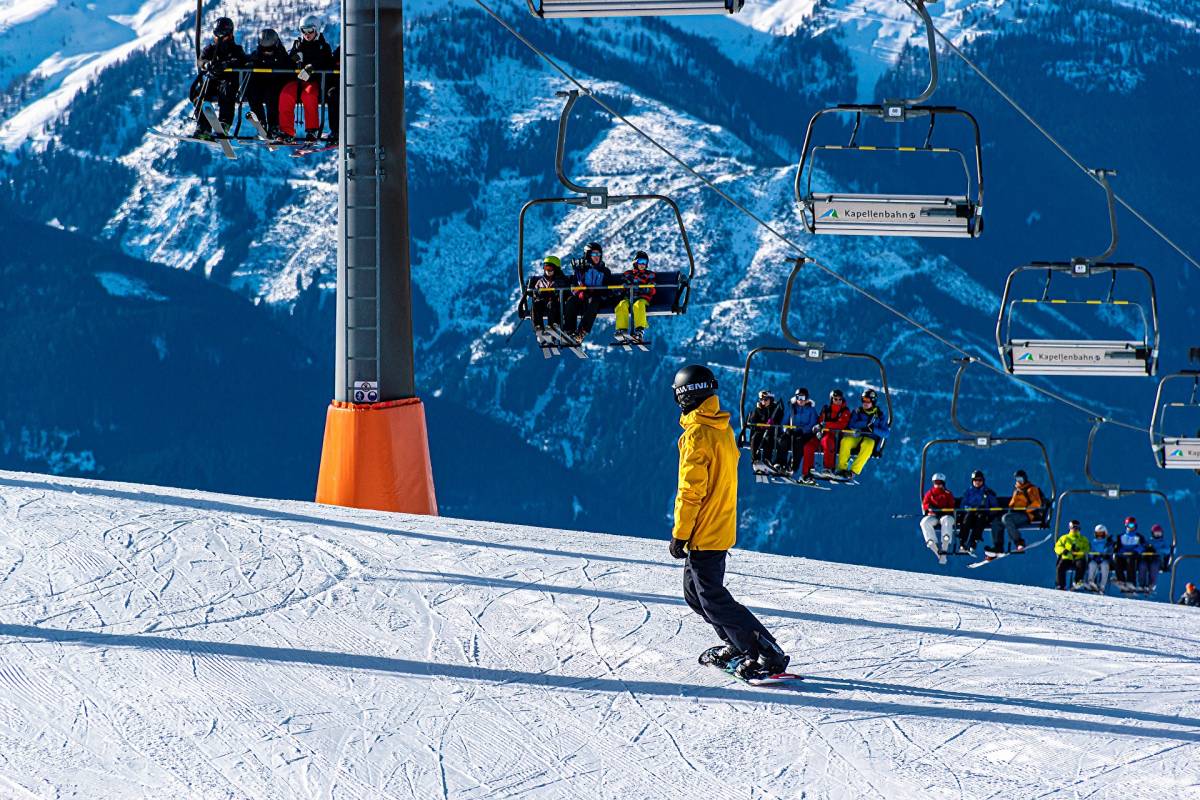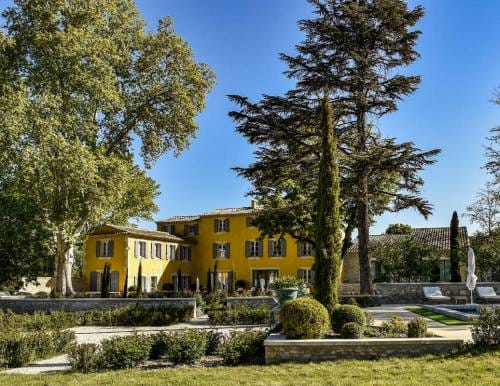A year ago, on November 3, 2023, Monaco acquired a new sister city — Dolceacqua. This charming town in the Italian province of Imperia, located just 35 kilometres away from the Principality, is famous for its wine, impressive 12th-century castle and scenic streets. In 1884, Claude Monet immmortalized its arched bridge, a masterpiece of lightness, in two of his paintings.
Precisely 3 years ago, on November 3, 2020, the Mayor of Monaco, Georges Marsan, and the Mayor of Dolceacqua, Fulvio Gazzola, approached His Serene Highness Albert II with a petition for twinning their two cities. This day is highly symbolic: 500 years ago on this very date a loyalty pact for the Grimaldi dynasty was signed by the representatives of the Dolceacqua Marquisate.
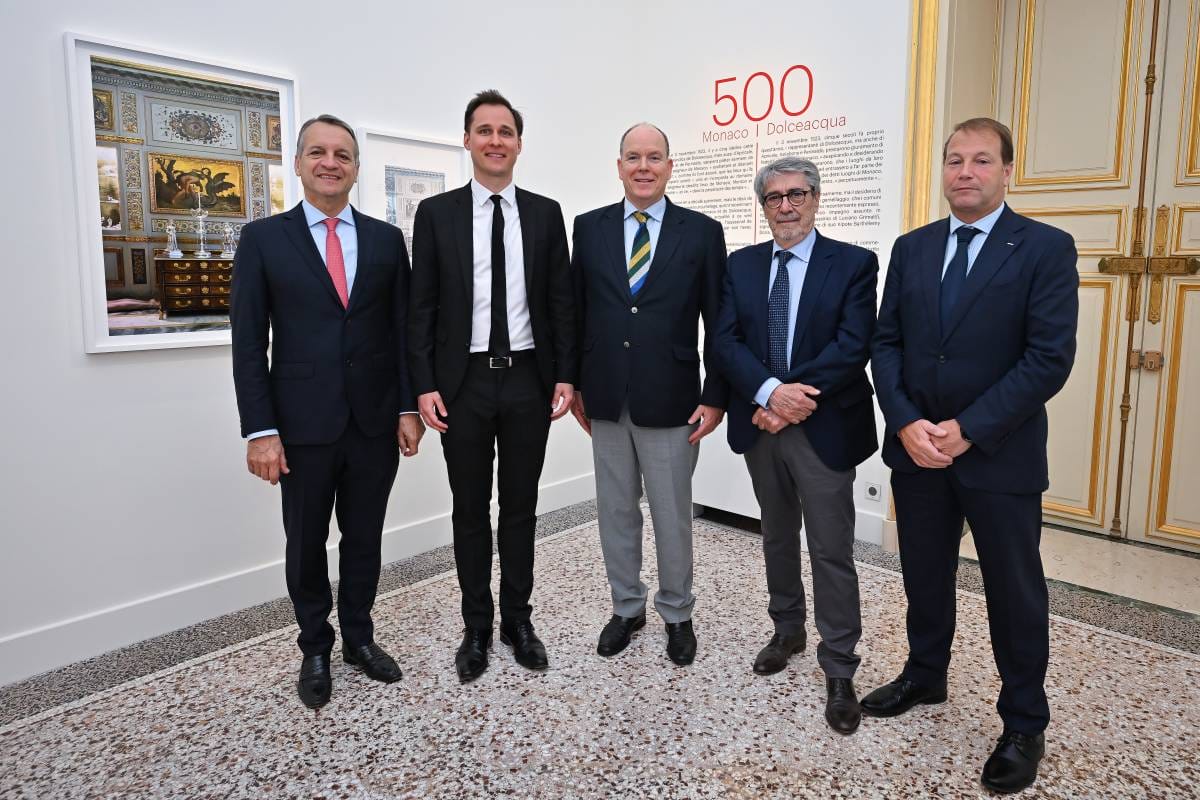
Fruitful partnership
The Mayor of Dolceacqua, President of the Italian Association of the Grimaldi Historic Sites, firmly believes that the twinning will increase the popularity of his small town, since both the Principality and Prince Albert II enjoy a great international reputation. This kind of partnership helps reevaluate the past, inspiring new tourist projects. Cooperation with other municipalities naturally brings new knowledge and ideas.
Following the first official visit of Prince Albert II to Dolceacqua in 2013, the Monaco government sponsored the construction of a local bicycle track connecting the town to the sea. The Principality also provided precious documents contributing to the opening of a multimedia hall in the local Doria Castle. This place honouring historical connections between the castle owners and the Grimaldi family opened its doors for the very first time in 2016.
Nowadays, Prince Albert II is an honorary citizen of Dolceacqua. Fulvio Gazzola still remembers his father, Prince Rainier III, regularly visiting the town, occasionally accompanied by Princess Grace to order shirts from a local tailor.
The relations between residents of Dolceacqua and Monaco, however, have not always been that cordial. The turbulent history includes stories of love, hatred and even crime…
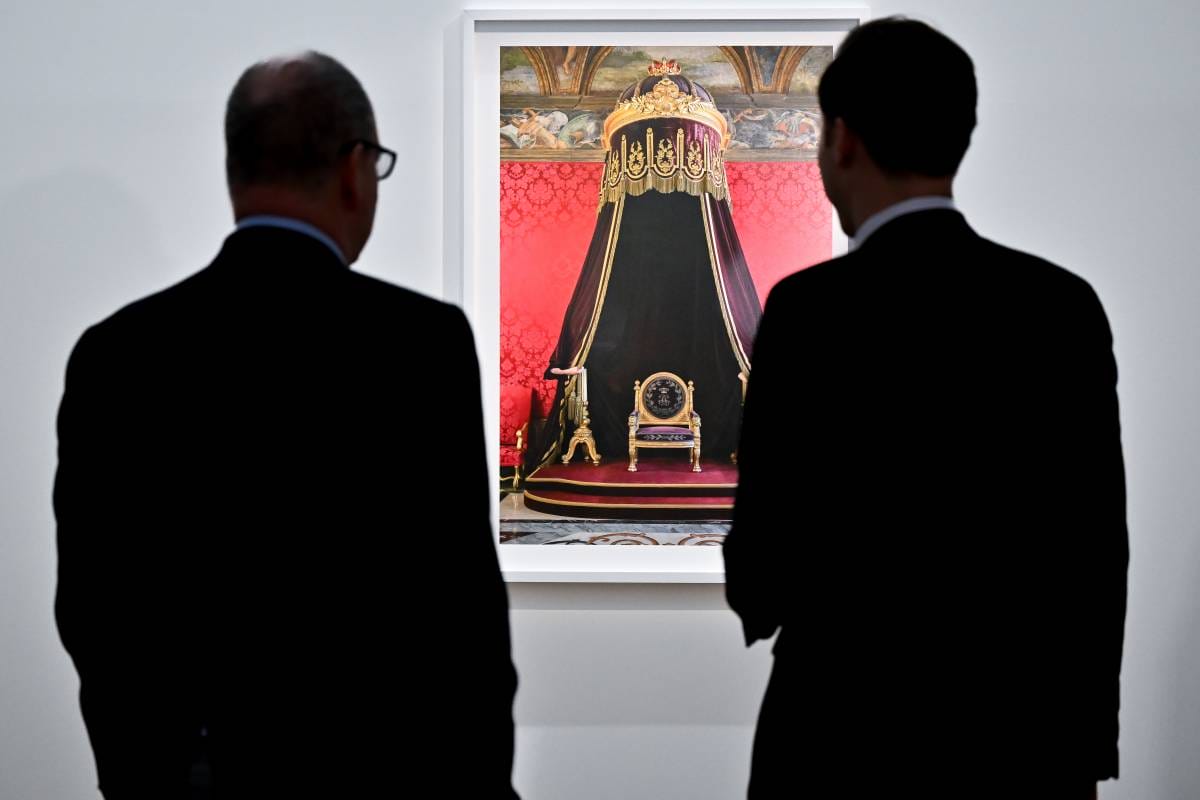
An attempt and a missed chance for reconciliation
It all started a few centuries ago, during a confrontation between the Guelphs and Ghibellines. The Grimaldi family, which ruled Monaco, were among the Guelphs advocating the Pope’s power. The Doria, on the other hand, who owned Dolceacqua from 1200, considered themselves among the Ghibellines, supporting the Holy Roman Emperor. By the late 15th century, there was eventually hope for a truce. In 1491, Lord Luc Doria of Dolceacqua married Francesca Grimaldi, the younger sister of the Lord of Monaco. According to Fulvio Gazzola, this love marriage brought about a new family coat of arms, combining the Doria eagle and the Grimaldi diamond. This coat of arms is still featured on the Doria Tomb in the Church of San Giorgio and certain portals in the historical city center.
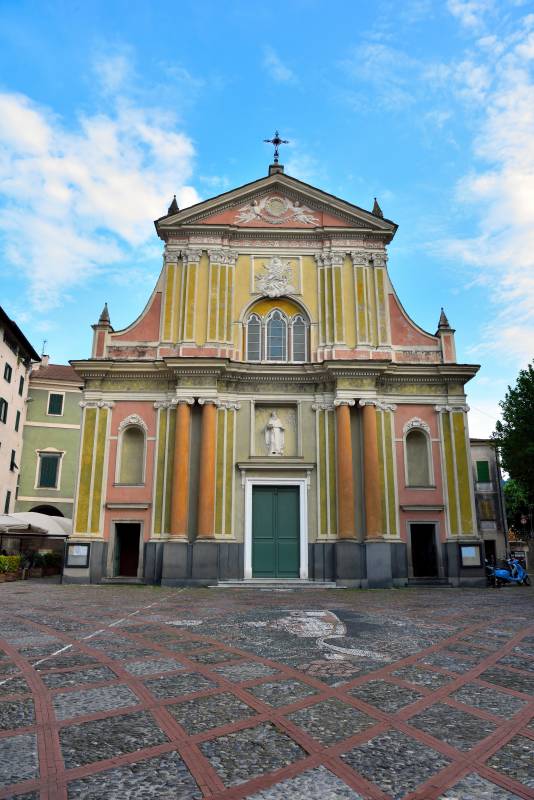
In 1513, Francesca Grimaldi commissioned a polyptych in honour of St. Dévote, patroness of Monaco. The local church of St. Anthony still preciously guards this masterpiece by Ludovico Brea. Later in 1975, under Prince Rainier III, the Principality issued a stamp depicting this very Dolceacqua polyptych.
Sadly, all Francesca’s efforts to boost the ties between the two warring families were eventually in vain. Moreover, on August 22, 1523, her eldest son Bartolomeo murdered his uncle Lucien Grimaldi, Lord of Monaco, in his own palace. This attempt at taking over Monaco failed miserably. Faced by fierce resistance from the Monegasques, Bartolomeo Doria was forced to flee. His other uncle, Bishop Augustin Grimaldi, thus took up the reins of the country. Two and a half months later, Dolceacqua and 3 other neighbouring villages were integrated into the county of Nice. The ceremony, assisted by Bishop Augustin, took place in the Grimaldi Palace’s orange garden.
Rather than using a chance of uniting irreconcilable enemies and starting a new family, Bartolomeo Doria had brought his own death closer. For his crime he was sentenced to death and killed in 1525.
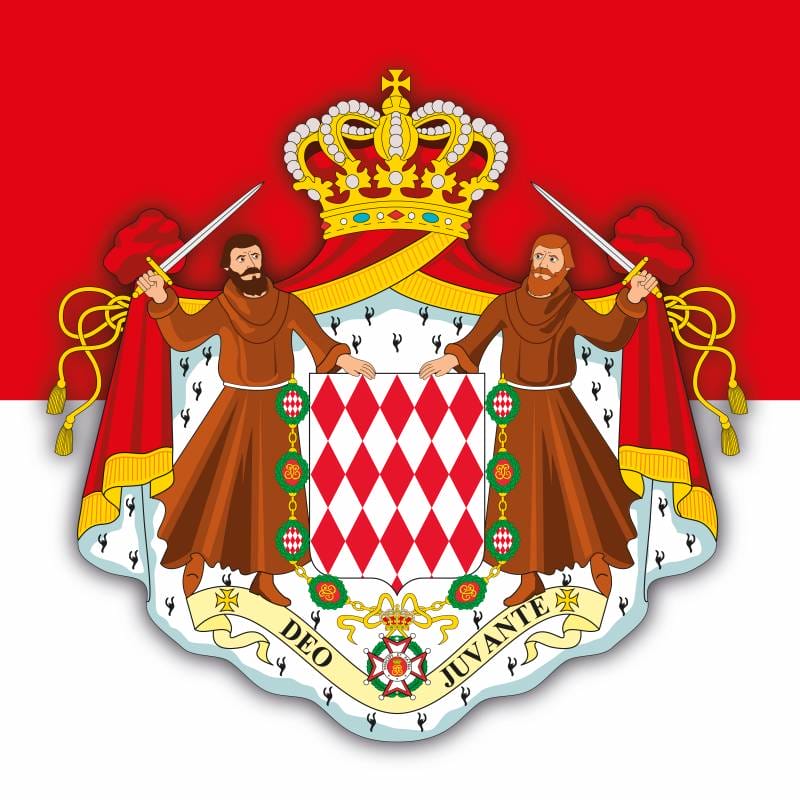
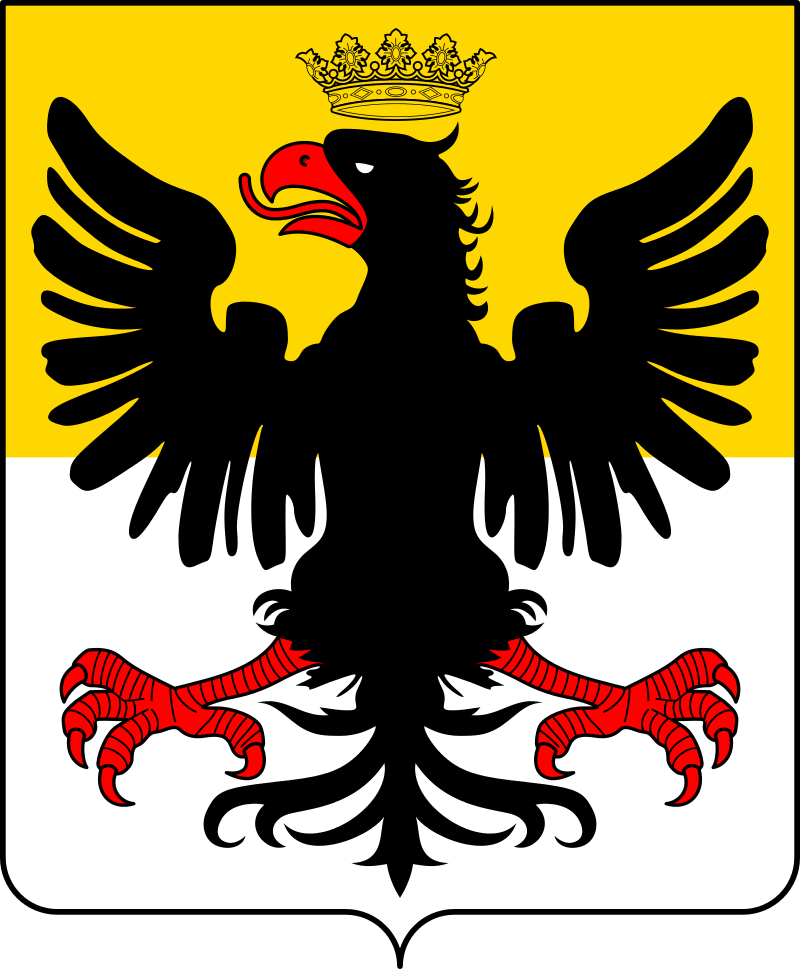
Celebratory Events
The 500th anniversary of historical ties will be honoured in spring by “Monaco – Dolceacqua 500”, a temporary exhibition by Julien Spiewak. Held in the “Grands Appartments” of the Princely Palace it will be the first one after their restoration. The photographer’s “Corps de style” series feature a naked human body as a work of art alongside scenic canvases and furniture. Photographs by Julien Spiewak are part of permanent collections of the Parisian Museum of Hunting and Nature, the Parisian Museum of Romantic Life, the Art Museum of Rio de Janeiro, the Van Loon Museum in Amsterdam and the Arario Gallery in Seoul. The artist has also repeatedly exhibited at the Princely Palace of Monaco.
Italian Dolceacqua becomes the third sister city of Monaco (since 1958 the Principality is twinned with the Belgian city of Ostend, and since 2009 with the Corsican Lucciana). Religious, sports, culinary and cultural events honour this remarkable event crowned on November 3rd by the signing of the twinning decree.
